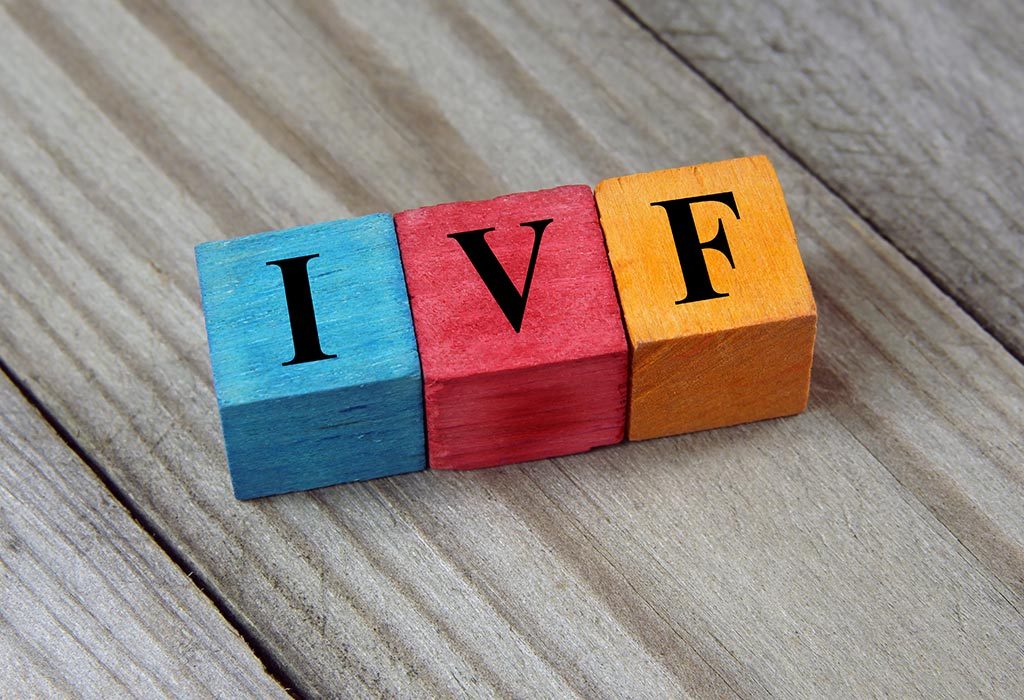In this Article
Couples who are trying to conceive can now successfully do so through IVF in which the viable eggs retrieved from a woman are combined with sperms in a lab setting and then implanted back in her uterus. As a woman undergoes IVF, her body can respond to the treatment but there are some chances of side effects like cramping, spotting, and headaches. Cramping is usually a recurring side effect of the IVF process which can manifest as a reaction to fertility medicines or due to the collecting and transferring process.
Is Cramping during IVF Normal?
Yes, cramping after IVF is fairly common. It can take place at any point during the process of IVF treatment for many reasons. Some patient’s body can react to the undergoing hormone therapy as well as the intrusion of foreign objects entering the body to collect eggs and embed embryos with slight to moderate cramping. You may feel cramps, particularly within 48 hours following the embryo transfer. You may also notice other symptoms like light spotting and tender breasts.
The occurrence of cramping during IVF is a temporary side effect for most patients which can be tackled by the use of a heating pad and some over-the-counter painkillers. However, it is always sensible to consult your doctor before taking the painkillers so that it doesn’t hamper the embryo implantation.
Do Fertility Drugs Cause Cramping?
Fertility drugs used during IVF contain gonadotropins which are similar to the hormones the body normally releases for egg stimulation in the ovary. Hence, the use of fertility drugs can result in excess chemicals and hormones in the body due to which some patients can experience periods like cramps. Also, the medicines can have quite an impact on a patient’s reproductive organs. It can trigger fluid accumulation around the ovaries which can lead to pelvic tenderness and discomfort.

Cramps After Egg Retrieval
In some cases, women may experience cramps following the procedure of egg retrieval. The method of extracting eggs from a patient’s body which involves inserting of a catheter can generate some light cramping. The severity of cramping may differ greatly between patients. The instance of cramping can last for about a week after the process of egg retrieval. It is a common side effect of the IVF treatment and should not generate any unnecessary alarm in patients.
Does Cramping Occur After Embryo Transfer?
Mild cramping after embryo transfer may occur sometime within 7 to 10 days. The cramping typically feels like the cramps experienced during menstruation. Cramping after frozen embryo transfer can produce minor cramping in the days right after the procedure. But it naturally subsides within 24 to 48 hours after the transfer occurs. Cramping immediately after embryo transfer is likely to produce anxiety in patients as they may perceive them as a sign of failed implantation. But this is not necessarily true. Cramping after embryo transfer can be a good sign and may happen when the embryo embeds itself into the uterine walls. However, it is essential to go in for a pregnancy test to check the results.
Tips to Reduce Cramping Discomfort
Some handy tips which may help reduce cramping discomfort are as follows:
1. Do Not Lift Heavy Objects After the Transfer
You may like to go easy on yourself immediately after the transfer. Refrain from lifting or moving of heavy objects. It is also suggested to avoid indulging in rigorous exercises.
2. Take Adequate Rest
Make sure you take proper rest after the transfer. Stay away from activities that may increase your stress and anxiety levels. Learn to relax with soothing music, deep breathing techniques, and remain positive.
4. Follow a Good Diet
Keep yourself suitably hydrated by getting enough fluids. Incorporate nourishing food items like fresh fruits, veggies, soups, and protein in your diet. Avoid unhealthy food and drinks like junk food and aerated drinks. You may also like to limit your intake of caffeine.

3. Take Pain Relievers
Ensure that you take your medications regularly as prescribed by the doctor. If you feel the need to take a painkiller to ease your discomfort, first, refer to your doctor to prevent any possible harm to the process. Due to the sensitive nature of the IVF process certain medicines if taken during the embryo transfer can place the patients at an increased risk of a failed IVF procedure. Therefore, it is not advisable to self-medicate.
5. Use a Heating Pad
Applying a warm compress a few times upon the stretch of discomfort may bring about some relief and can reduce the cramping discomfort considerably. You can also use a hot water bottle wrapped in a soft hand towel. Soaking yourself in a tub of warm water or standing under a shower of hot water can also prove beneficial in combating the distress caused by cramping.
When to Consult a Doctor
Every patient is different and can experience varying symptoms. In certain cases, some patients endure no symptoms of any kind. Having said that in case the cramping turns severe and is accompanied by heaving bleeding or sensation of nausea at any step of the IVF procedure, seek medical assistance immediately. Also, in case, the prescribed painkillers fail to bring relief from the pain of cramping, call your doctor. It may be indicative of serious issues like pelvic infection, ovarian torsion, ovarian haemorrhage, or IVF failure.
It is understandable why cramping experienced during IVF can be a cause for concern. But needless panic may not be warranted. Cramping must not always be considered a negative sign. It can also indicate successful embryo implantation. However, cramping so closely resembles the side effects of fertility drugs in the body and a negative outcome of the procedure itself that it may be difficult to establish the success of the embryo transfer. Only a pregnancy test clinically performed can ascertain it.









